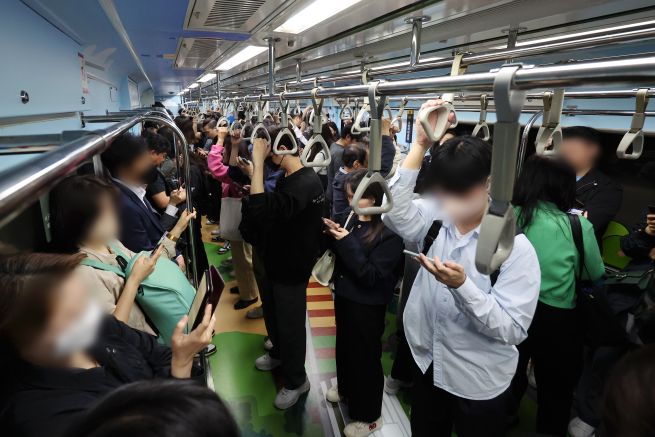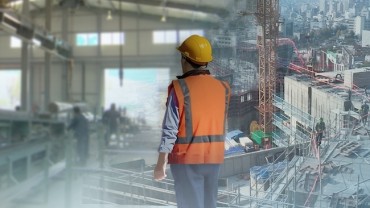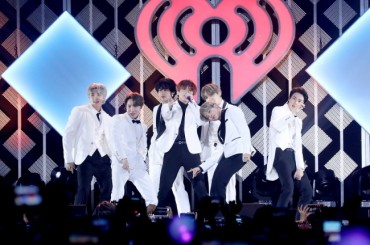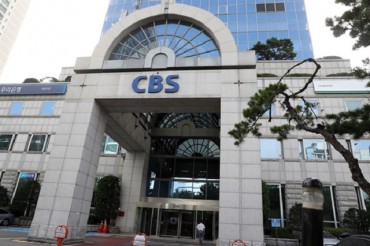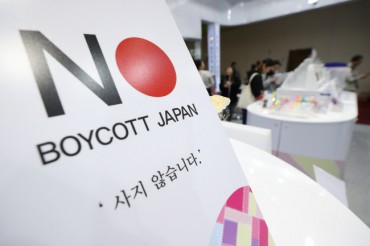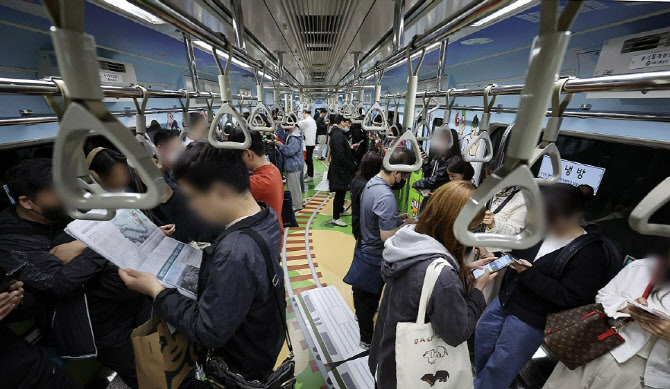
According to Seoul Metro, the warmest area inside a train is the center of the carriage, while the coolest spots are near the priority seats at both ends. The photo shows the interior of a Seoul Subway Line 7 train car. (Photo: Yonhap)
SEOUL, June 20 (Korea Bizwire) — Seoul’s subway system has faced a deluge of temperature-related complaints in recent months, with over 283,000 grievances filed from January through May, according to Seoul Metro. The figure accounts for 75.5% of all customer service issues reported during the five-month period.
As temperatures rose in May, so did commuter frustration, with more than 110,000 complaints logged in that month alone. The bulk of grievances concerned either excessive heat or cold inside subway cars, particularly during peak commuting hours — 7 to 9 a.m. and 6 to 8 p.m. — when trains are most crowded.
In some cases, passengers in the same train car reported conflicting complaints of it being simultaneously “too hot” and “too cold,” leaving call center agents with limited options to resolve such contradictory feedback.
Line 2, the city’s busiest subway line, accounted for the largest share of cooling and heating complaints at 35%, followed by Line 7 (20.6%) and Line 5 (12.6%).
Seoul Metro clarified that in-train temperatures are automatically controlled by individual sensors, with standard carriages set to 24°C and designated “mild cooling cars” set to 25°C, in line with Ministry of Environment guidelines. The more crowded the car, the higher the ambient temperature tends to be.
Passengers are encouraged to use Seoul Metro’s official Ttota Subway app, which provides real-time data on train crowding, allowing riders to select less congested — and potentially cooler — cars. Temperature also varies by seat location: the coolest areas are typically near the priority seats at both ends of the carriage, while the warmest areas are in the center.
For those who feel cold, “mild cooling cars” — one degree warmer — are available on most lines, except for Line 2 due to high congestion. These cars are located in designated positions, such as the 4th and 7th cars on Lines 1, 3, and 4.
Seoul Metro urged the public to use digital platforms, such as the Ttota app or its chatbot service, to file temperature-related complaints. “The volume of air-conditioning grievances is overwhelming our customer service center,” said a Metro official. “We’re asking citizens to help us prioritize more urgent matters, such as medical emergencies.”
The appeal underscores the operational challenge of balancing comfort for millions of commuters while managing finite resources and rising seasonal demands in one of the world’s busiest urban transit networks.
Lina Jang (linajang@koreabizwire.com)


